Indigenous people have lived in what is now Canada since time immemorial, so no trip to Canada is complete without experiencing Indigenous culture. I asked fellow travel writers to recommend their favourite places to experience Indigenous tourism in Canada.
In this post, you’ll find personal recommendations for 10 Indigenous tourism activities from tours to museums to historical sites and more. Each one is Indigenous-run and will deepen your understanding of Indigenous culture.
This is a sensitive wilderness area. Learn how to Leave No Trace to keep the wilderness wild. Make sure you are prepared by bringing the 10 Essentials. Get ready for adventure with this checklist of things to do before every hike.
Hey there: Some of the links in this post are affiliate links, which means I earn a small commission at no cost to you. Thanks for your support. -Taryn
Quick Facts About Indigenous People in Canada
Here’s a quick run-down of the Indigenous context in Canada and North America. This is a HUGE topic that could fill many books, so it’s hard to distill it down to a few bullet points… but I tried. Like many settler Canadians, I’m working on learning more about Indigenous people to contribute to reconciliation, but I still have a long way to go.
- Indigenous people have lived in what is now Canada for 10,000 to 20,000 years. But in Indigenous oral history, that amount of time is basically forever, so it is common to say that Indigenous people have been here since time immemorial. As well, the creation stories of many Indigenous Nations place their origins in what is now Canada, so to suggest otherwise may be viewed as impolite.
- There are about 1.8 million Indigenous people in Canada. They make up about 5% of the total population. After European contact, the Indigenous population declined sharply due to disease, war, and genocidal government policies like residential schools. But today, Indigenous people are the fastest-growing population in Canada.
- “Indigenous” is a word that encompasses three main groups: First Nations, Metis, and Inuit. Previously, the word “aboriginal” was used instead of Indigenous, “Eskimo” was used instead of Inuit, and “Indian” or “Native” was used instead of First Nations. Today, all of these words are no longer commonly used and some Indigenous people may find some or all of them offensive. However, some Indigenous people may still embrace and identify with some of these words.
- There are over 600 Indigenous groups across Canada, called Nations and they speak over 50 Indigenous languages. You can find the Nation and language of a place you are visiting using the interactive Native Land Digital Map. Due to historical (and contemporary) government policies, Indigenous people may live on Reserves or outside of reserves and they may be deeply connected to their culture or disconnected from their culture. There is no single way to be Indigenous in Canada. It varies from Nation to Nation and from person to person.
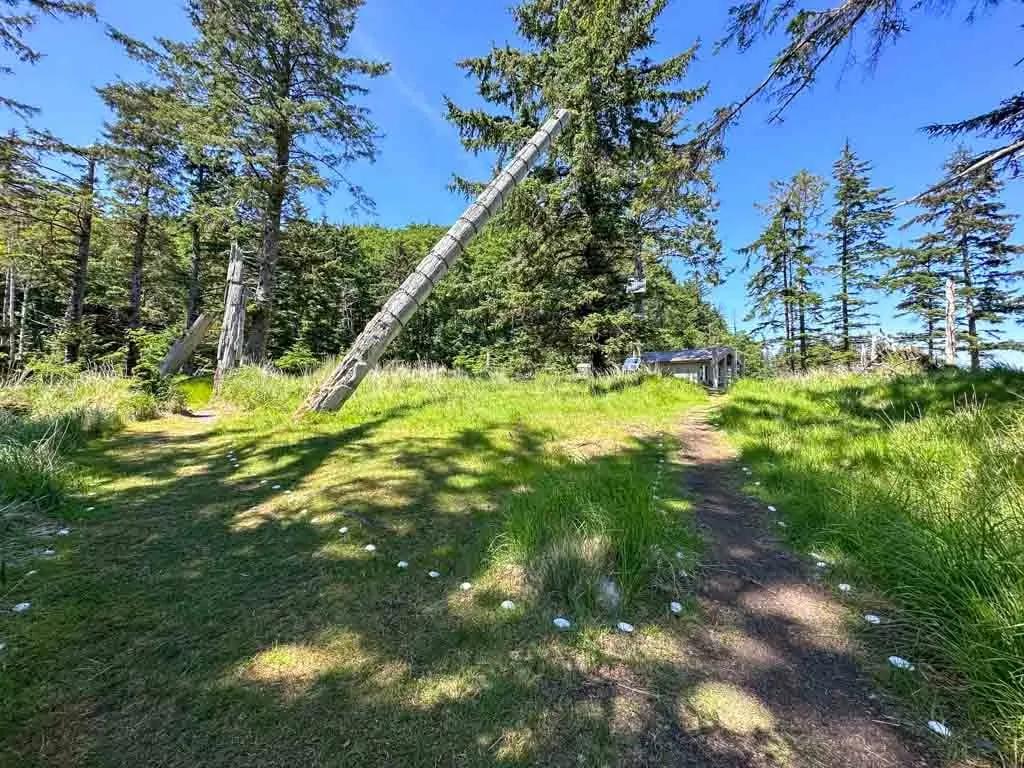
Indigenous Tourism Tips
It is important to be respectful when you visit Indigenous land, especially in light of the terrible way that settlers have treated Indigenous people since our arrival. Here are a few tips to keep in mind:
- Listen carefully and listen more than you talk. It is a privilege to hear Indigenous people’s stories and they choose which parts of their culture and history to share with you.
- Stay on paths and in designated areas. Some areas are private and not open to visitors. Or they may be sacred for cultural practices. When in doubt, ask first.
- Do not take photos without permission. In some places, photos are encouraged and many Indigenous people are happy to have their photo taken. But that isn’t always the case – cultural practices differ from Nation to Nation and even from person to person. Ask first.
- Spend your money at Indigenous businesses. Stay at Indigenous-run hotels, eat at Indigenous-run restaurants, buy souvenirs from Indigenous gift shops, and book Indigenous tours.
- Do your research and avoid tourism businesses that profit off Indigenous culture or art without giving back to Indigenous people. Unfortunately, Canada has lots of museums full of stolen Indigenous cultural artifacts and lots of gift shops full of knock-off Indigenous art made overseas.
- If you can, learn a few words in the Indigenous language of the people you are visiting. If you were in France, you would say “merci” so you can learn to say “kleco kleco” in Nuu-chah-nulth territory on Vancouver Island or “hawa” in Haida Gwaii.
Wikwemikong, Manitoulin Island, Ontario
Known as the only federally recognized unceded territory in what is now Canada, Wikwemikong on Manitoulin Island is the perfect spot to learn about the true history of these lands. While they offer several experiences, I recommend beginning with the Unceded Journey guided tour.
Local guides from Wikwemikong will take you to important destinations on the territory. As you learn about Odawa Mnis (the original name for Manitoulin Island), it will quickly become clear its importance to those of the Three Fires Confederacy (Ojibwe, Odawa and Potawatomi). Visit locations such as the Two O’Clock Lookout and the Holy Cross Church as your guide shares key historical events and impactful treaties that have shaped Wikwemikong and the surrounding area.
I had the pleasure of being guided by Jack who was a fountain of information and constantly willing to answer any questions my group had. He shared about his personal experiences with the Residential School System and its aftermath. This tour is incredibly impactful and I couldn’t believe how much I learned!
Wikwemikong offers a variety of tours including guided hikes, paddles and culinary experiences. Learn more about these tours in my guide to Wikwemikong. If you’re planning to stay for a few days on Manitoulin Island, I highly recommend booking a room at the Indigenous-owned and operated Manitoulin Hotel and Conference Centre in Little Current.
Recommended by Lindz of I’ve Been Bit! Travel Blog
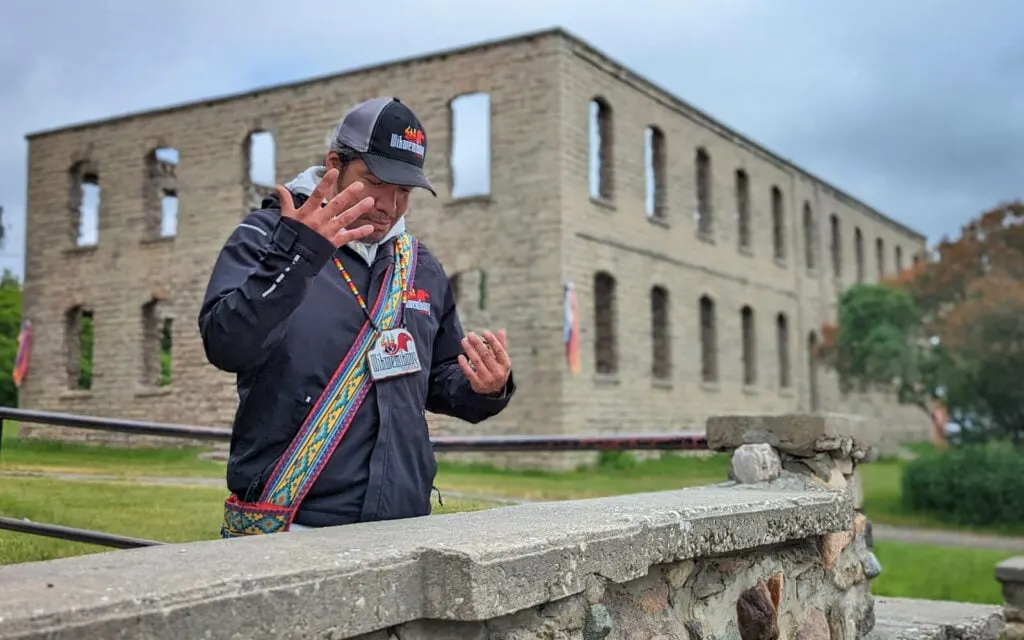
Wanuskewin Heritage Park, Saskatoon, Saskatchewan
Currently on its way to becoming a UNESCO World Heritage site, Wanuskewin Heritage Park is one of the coolest indigenous sites I’ve ever experienced. Located on the outskirts of Saskatoon, Wanuskewin Heritage Park provides an incredible museum and cultural centre and acts as Canada’s longest-running archaeological dig site. The site dates back more than 6,000 years and is constantly churning up more and more artifacts.
During our visit, we watched some traditional hoop dancing, learned how to build a teepee and what each pole represents, learned all about the culture of the Northern Plains Indigenous peoples, and got to take a peek at their bison herd, which was introduced back to the site in 2019.
Whether you want to stop by to visit the museum, take a walk on one of their trails, enjoy a meal at their on-site restaurant, or enjoy one of their teepee sleepovers, this is easily one of the top things to do in Saskatoon.
Recommended by Matthew Bailey from Must Do Canada
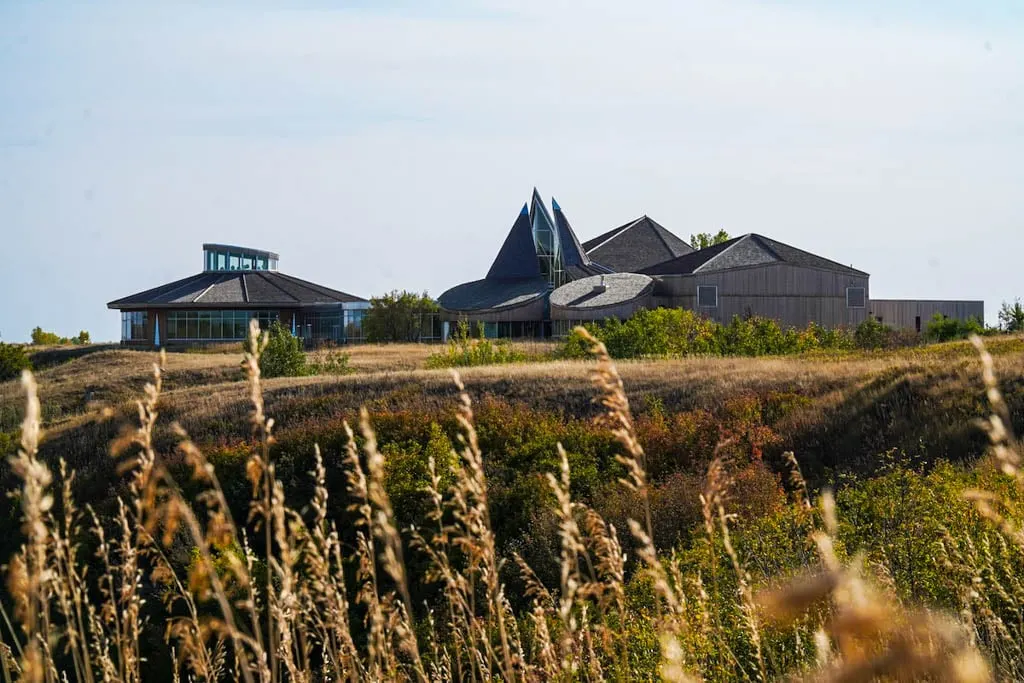
Sundre Medicine Walk, Sundre, Alberta
Mahikan Trails Indigenous Experiences offers a medicine walk through the woods of Sundre. Sundre is a small town in the Canadian Rockies‘ foothills along the Cowboy Trail (or AB-22). It’s only a 1.5-hour drive from Calgary. This easy 1.5 km walk departs from the Sundre Visitor Information Centre.
I participated in this guided medicine walk in the fall; it was a fun experience and I learned a lot. Jordan was our guide for this Sundre medicine walk. He shared all of his family’s knowledge of medicinal plants. During this 1.5- to 2-hour walking tour, he showed us plants and trees that have medicinal properties.
With his Cree heritage, he has much to share about the different plants and trees and how they can be used for medicinal purposes. Halfway through the walk, we enjoyed mint tea and heard wonderful Cree stories.
The walk is suitable for all ages. We did it with our 3.5 and 5.5-year-old boys, and they were able to follow along. Mahikan Trails Indigenous Experiences also offers medicine walks in Banff at Cascade Pounds and canyon walks in Canmore. While in Sundre, you can also experience a unique glamping stay at Painted Warriors.
Recommended by Emilie from Love Life Abroad
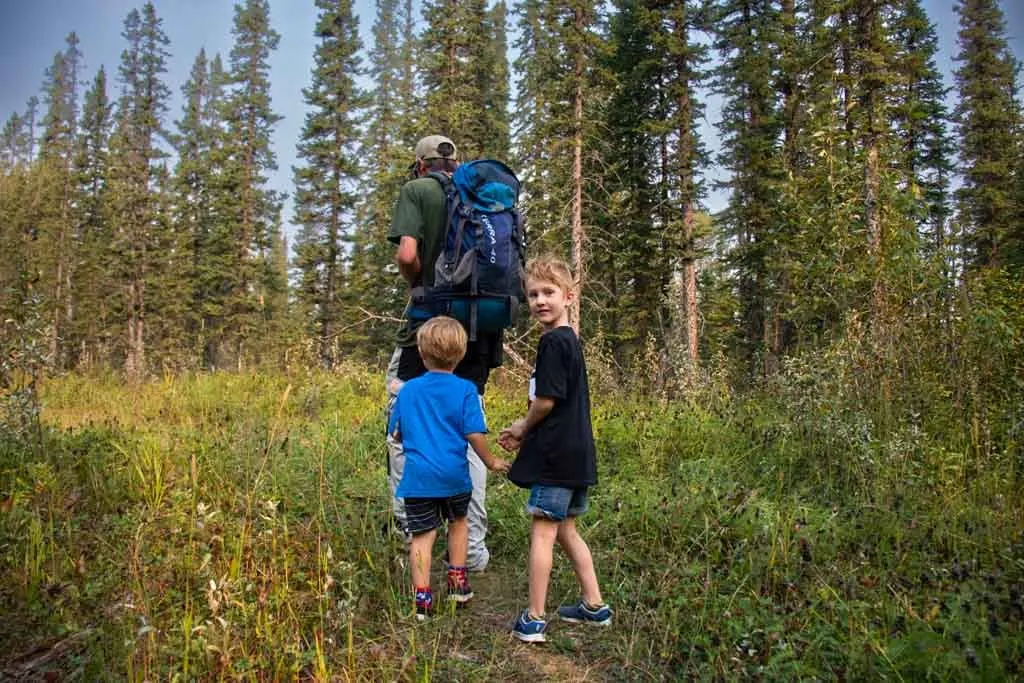
Gwaii Haanas National Park, Haida Gwaii, BC
Located in the southern half of the Haida Gwaii archipelago, Gwaii Haanas National Park is jointly managed by the Haida Nation and Parks Canada. In fact, Indigenous people were instrumental in the creation of the park through a decades-long protest movement to take control of their traditional territory and halt unsustainable logging in the area.
While the huge park protects lots of forests, beaches, and underwater habitats, the most popular sites are the five Haida Watchmen sites. These are important cultural sites staffed by two watchmen (who can be of any gender) from the Haida Nation.
Each of the Haida Watchmen sites is different, but they are all important cultural sites. The highlight is SGang Gwaay, a former village site on Anthony Island in the southern part of the park. It is both a UNESCO World Heritage Site and a National Historic Site of Canada.
When disease decimated the Haida population, they abandoned many of their traditional village sites. Later, settlers came and removed their carvings and other cultural items to display them in museums without Haida consent. Today, SGang Gwaay is the only village that still has most of its carved poles and house ruins.
When you arrive, a Haida Watchman will guide you around the island, explaining the carvings on the poles and the layout of the former village. I found it very moving to learn about a culture that was nearly wiped out and the Haida people who are now working to ensure it continues. Of all the places I’ve experienced Indigenous tourism in Canada, this is my favourite.
Like the rest of Gwaii Hanaas National Park, SGang Gwaay is only accessible by boat or kayak. You can travel independently, but since the area is remote and the weather is unpredictable, it’s best to take a tour from the town of Sandspit.
Recommended by Taryn Eyton of Happiest Outdoors

Nass Valley (Nisga’a Territory), BC
The Nass Valley in Northern BC is unique because in 2000 the Nisga’a Nation signed the first modern treaty in Canada. Under the terms of the agreement, the Nisga’a govern their own territory. But while the political history is fascinating, most people visit the Nass Valley for its gorgeous volcanic scenery.
Located north of Terrace, the valley includes four villages and Anhluut’ukwsim Lax̱mihl Angwinga’asanakwhl Nisga’a (Nisga’a Memorial Lava Bed Provincial Park). This huge area is the site of one of Canada’s most recent and deadliest volcanic eruptions, dating back to the late 1600s or early 1700s.
Today you can take a hike to Tseax Cone Volcano to see the source of all the lava with Steve Johnson, a local Nisga’a guide. His tour includes lots of info about geology and plants as well as Nisga’a oral history. I really enjoyed listening to Steve tell us the Nisga’a legend that explains the eruption.
All the geothermal in the area created the Higu Isgwit Hot Springs, which are great for a soak and are one of the best hot springs in Canada. The Nisga’a believe they are the dwelling place of a spirit, so you must book ahead and be respectful when you visit.
To really understand Nisga’a culture, you must visit the Nisga’a Museum in Laxgatls’ap. It has a huge collection of carvings, canoes, and regalia. Be sure to take the free guided tour. Two young Nisga’a women gave us a tour and explained the significance of everything we were seeing. Since my visit, Scotland’s National Museum returned a pole they stole nearly 100 years ago. When I visited, our guides explained that the museum was built with an empty space to accommodate the pole, so it was very exciting that it was finally returning home.
The Nass Valley is a one-hour drive from Terrace so you can visit it as a day trip. But I recommend spending at least one night in the valley, either at the Vetter Creek campground or at one of the Nisga’a-owned lodges and B&Bs.
Recommended by Taryn Eyton of Happiest Outdoors

Kitselas Canyon, Terrace, BC
Kitselas Canyon, a National Historic Site of Canada managed by the Gitselasu People, was a pleasant, spontaneous stop during my BC road trip. Tucked away along the Skeena River near the community of Gitaus, the canyon was once home to six ancestral villages and a fortified site. Today, it’s the perfect blend of history, culture, and nature.
Drive to the visitor center, just 15 minutes from Terrace. Since I visited during the shoulder season, I did a self-guided tour. The guided tours depart at 10 am and 1 pm, May-August. The admission fee of $10 helps support the maintenance and economic development of the community.
I first stopped at the four interpretive buildings representing the wolf, eagle, raven, and orca clans. Each longhouse hosts a unique collection of artifacts, historical information, and ecological displays. A highlight was a replica of the cave petroglyphs found in the region, likely created by shamans.
After a stroll through the forested trail, I came across an ancient dugout canoe, four stunning clan poles, and a trail fork. The right led me on a more strenuous adventure to the banks of the Skeena River; the left took me to an easy-to-access viewing platform. The information was limited for the self-guided experience. However, the highlight for me was the beautiful natural landscape and the feeling of connectedness to a place inhabited for over 6,000 years.
Recommended by Susanna Kelly-Shankar from Curiosity Saves Travel
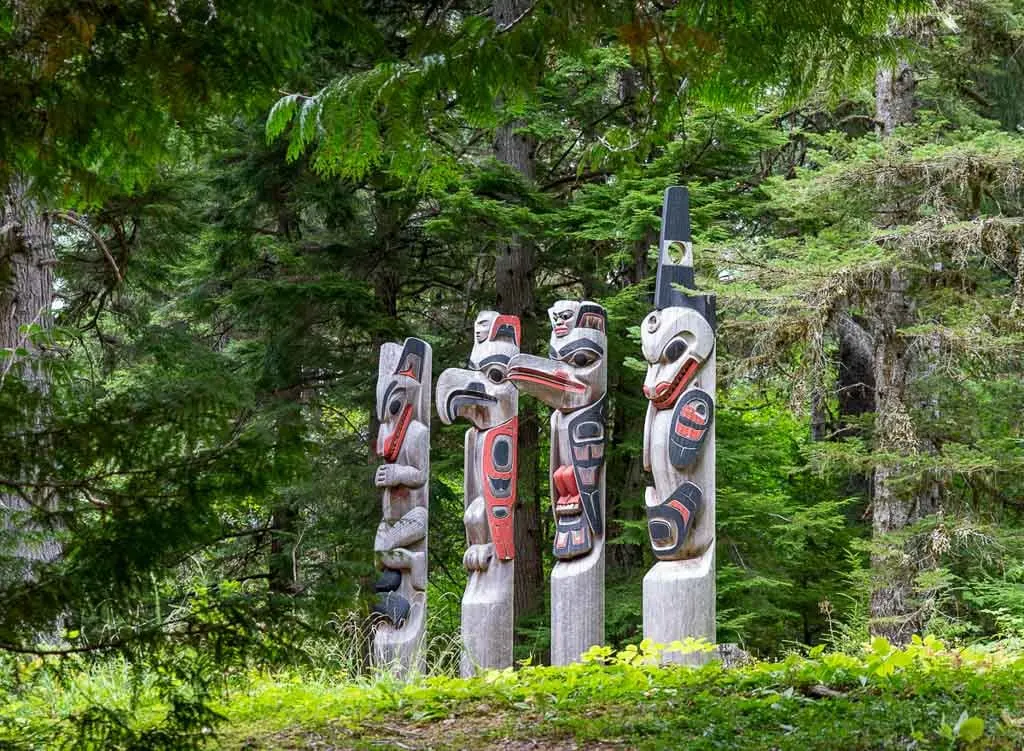
U’mista Cultural Centre, Alert Bay, BC
Alert Bay, BC is a small community on an island just off the coast of northern Vancouver Island. You can get there on a short ferry ride from the town of Port McNeill. About half of the island is a ‘Namgis First Nation reserve (the ‘Namgis are part of the larger Kwakwaka’wakw Nation).
Alert Bay is a great place to learn about Potlatch culture, a practice that is common to Indigenous people up and down the Pacific Northwest Coast. A Potlatches is a huge gift-giving feast where the hosts share food and gifts with attendees, who may travel great distances to be there.
Potlatches were illegal in Canada between 1884 and 1951. The Canadian government stole ceremonial masks and dance regalia used in potlatches and gave them to museums around the world. Since then, the Kwakwaka’wakw have worked hard to bring these ceremonial items home. Today some of them are on display at the U’mista Cultural Centre.
This excellent museum has great displays that explain potlatching as well as Kwakwaka’wakw history and culture. But the real highlight is the temperature-controlled cedar room with the dance masks and regalia on display.
After visiting the museum, you should also take a walk around the town to see the totem poles – there are dozens. Alert Bay is also the home of the world’s largest totem pole. It is 173 ft (53 m) tall. If you are hungry, be sure to stop at Duchess’ Bannock for some delicious bannock (fry bread) with berries and whipped cream.
Recommended by Taryn Eyton of Happiest Outdoors
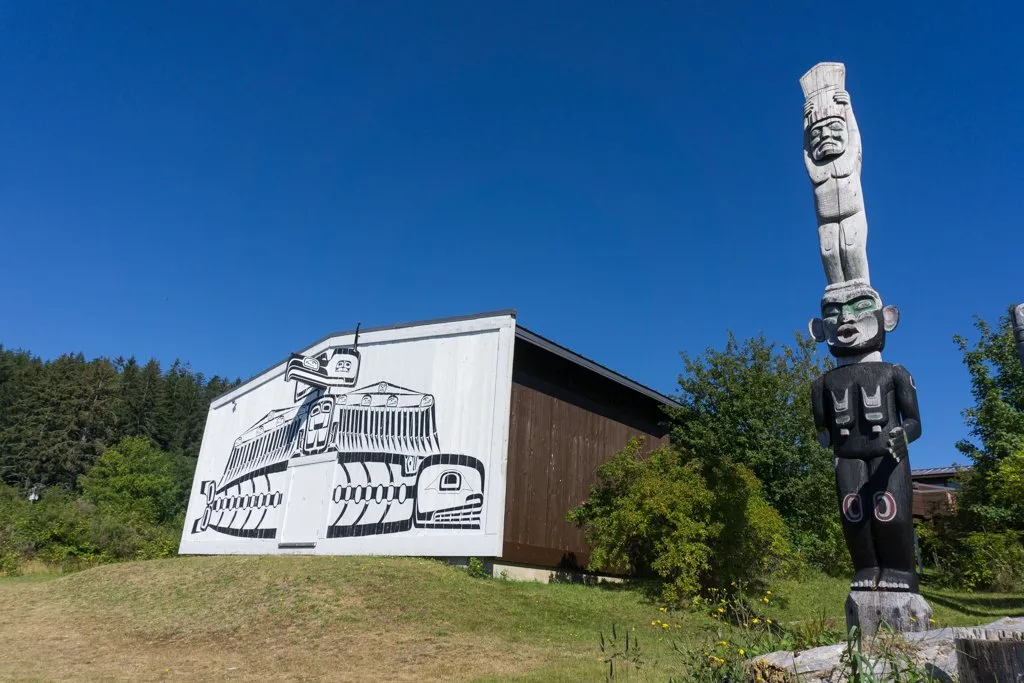
Wild Side Trail, Tofino, BC
If you want to combine backcountry hiking and Indigenous culture, visit the Wild Side Trail. The hike is in Ahousaht territory on Flores Island, which is a short water taxi ride from Tofino.
The trail starts in the village of Maaqtusiis and heads along the coast for 11 km before finishing at Cow Bay. From there you can hike back to the start or arrange to have a water taxi pick you up. You can hike the trail in one day, or split up your journey with a stay at one of three backcountry campgrounds along the way.
While the rainforest and coast scenery are reason enough to go, the hike is also an important historical route for the Ahousaht Nation. The trail passes many important locations in the Ahousaht-Otosaht war in the early 19th century. You can find more info on the significance of each place on beautifully painted interpretive signs.
You can also find culturally modified trees along the route. The best example is a huge old-growth cedar near the Kutcous River. It has a large square box cut out of it part way up. This was a way to test the inner wood of the tree to see if would make a good canoe. Further down the tree, the Ahousaht removed two long planks from the tree. This was done in such a way that the tree remains alive and healthy today.
You must obtain a permit from the Ahousaht Nation to hike the trail. You can do this on their website or at the Ahous Fuel Stop which is at the dock where the water taxi drops you off in Maaqtusiis. If you’re looking for somewhere to stay in Tofino, the Indigenous-owned Himwitsa Lodge is near the water taxi dock.
Recommended by Taryn Eyton of Happiest Outdoors
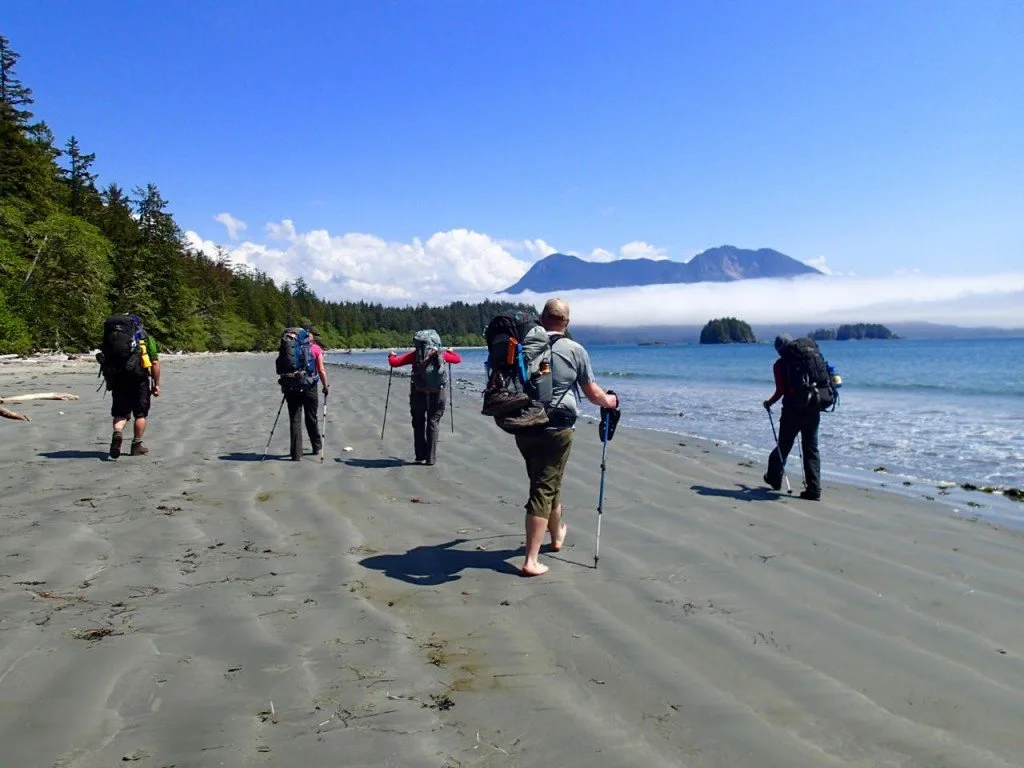
Squamish Lil’wat Cultural Centre, Whistler, BC
The Squamish Lil’wat Cultural Centre is one of my top picks for the best things to do in Whistler. Each year millions of people visit Whistler to ski and hike without learning anything about the traditional Indigenous land they are visiting. The SLCC is an Indigenous-run museum. It explains the history and culture of the Squamish and Lil’wat Nations, the two Indigenous groups that have called the Whistler area home since time immemorial.
The museum has lots of excellent exhibits of Indigenous carving, clothing, and art, which are interesting on their own. But for me, the best part of the SLCC is the free guided tour. It begins with a welcome song and drumming. Then, a local guide from the Squamish or Lil’wat Nations walks you through the museum.
Your guide will explain the exhibits and also tell their own stories about their personal connections to the art and artifacts on display. On my most recent visit, our young Lil’wat guide showed us a cedar box used as a baby cradle and backpack. He explained that he had a similar box passed down from his grandparents and planned to use it for his baby. He also helped us understand the way the geography and drier climate north of Whistler influenced Lil’wat culture in ways that are different than Squamish culture to the south.
Don’t miss a visit to the gift shop. They have lots of great art, jewelry, clothing, and books. You can also try Indigenous-inspired food like Bannock tacos at the Thunderbird Cafe on the lower level. This gorgeous museum is located in the heart of Whistler in the Upper Village area.
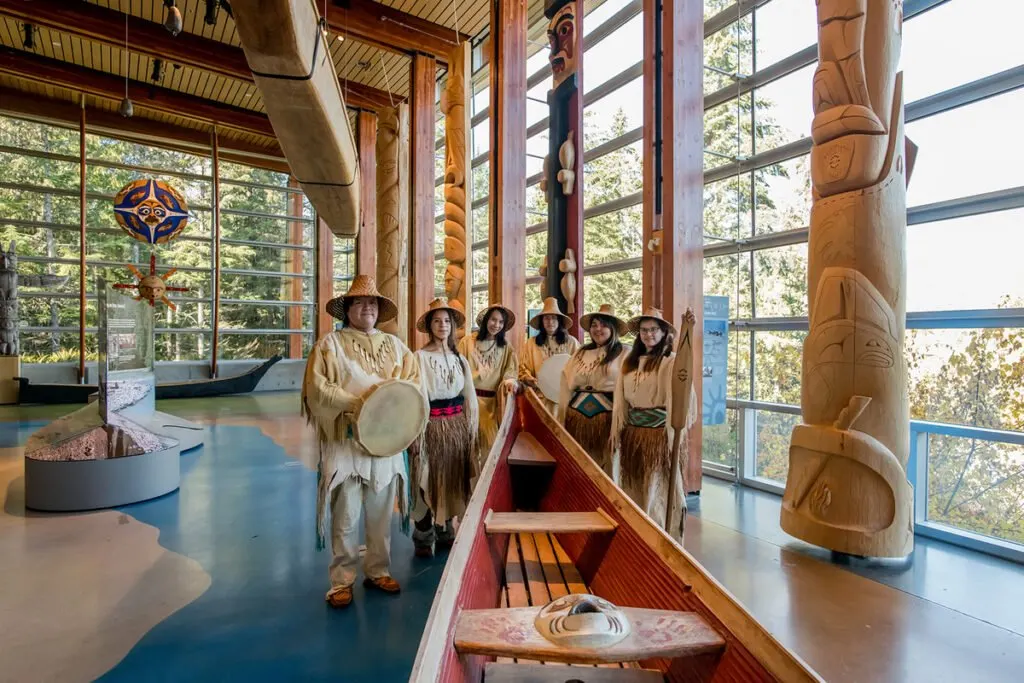
Recommended by Taryn Eyton of Happiest Outdoors
Talaysay Tours, Vancouver, BC
Stanley Park is often described as Vancouver’s “Crown jewel,” but even that metaphor hints at its colonization. Taking a walking tour through the 1000-acre park with Talaysay Tours, an Indigenous-owned company, is one powerful way to take steps towards reconciliation.
I loved their Talking Trees tour, during which my Coast Salish guide told me about how the forest’s diverse trees and plants have been used by Indigenous peoples since time immemorial. He spoke about which trees are used to build longhouses (cedars) and which are good for fire-starting (Douglas firs). He described the processes of creating a dug-out canoe, carefully stripping cedar bark, and building temporary shelters.
My favourite parts were his personal stories, especially the one about his grandmother’s healing experience at a winter longhouse ceremony.
Stanley Park is located in downtown Vancouver, on a peninsula between Burrard Inlet and the harbour. The Talking Trees tour meets at the park’s bus loop (accessible by bus 19) and continues on local trails near Stanley Park Pavilion. We walked to landmark trees, like a tall Douglas fir, and stopped at Beaver Lake.
Talaysay offers different tours. Talking Totems, for example, focuses on the Stanley Park totem poles and explains the values of this Indigenous art form. Their Forest Bathing tour is a meditative outing during which the guide shares cultural teachings about the forest. If you want to stay nearby, try the Skwachays Lodge in downtown Vancouver. It is an Indigenous-owned boutique hotel with an art gallery and artist-in-residence program.
Recommended by Melanie Ferguson from Postcards & Places
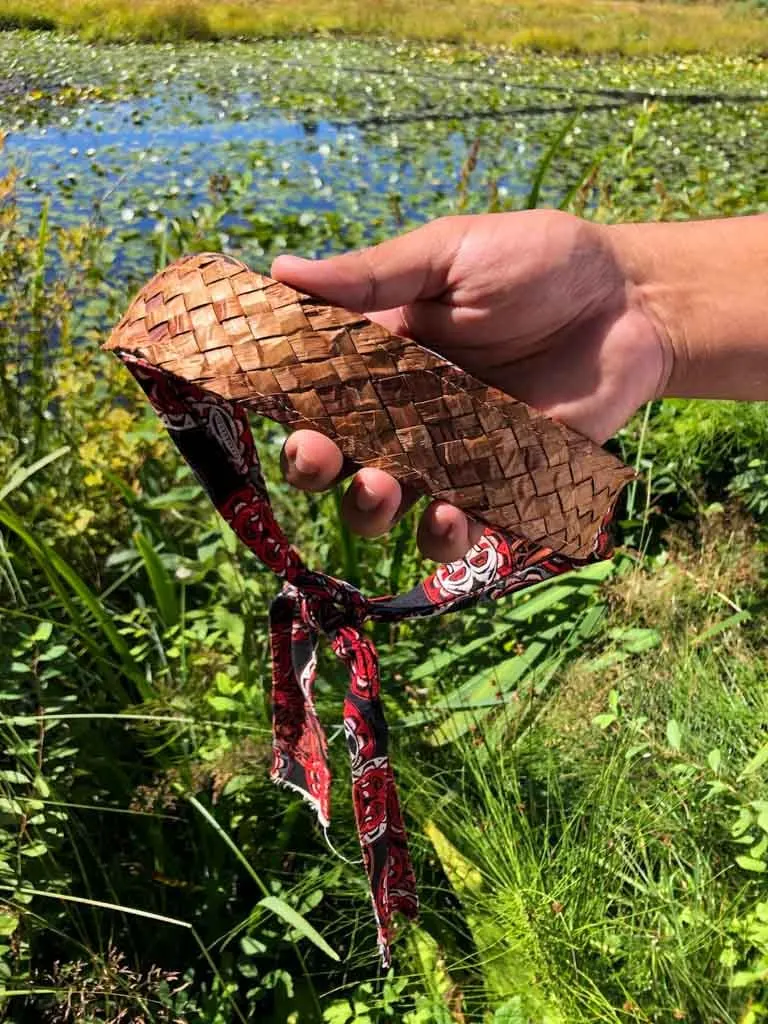
I hope you take the time to experience Indigenous tourism in Canada. The experiences in this post are just a starting point: there are lots of other great Indigenous tours, hotels, and experiences across our nation. Do you have another Indigenous tourism experience to recommend? Tell me in the comments.
READ NEXT:
- Best Small Towns in Canada for Outdoor Adventures
- Your Guide to the Best Hot Springs in Canada
- How to Take an Epic Canadian National Parks Road Trip
- Things to Do in Haida Gwaii
- The Ultimate Guide to Gwaii Haanas National Park Reserve
- Things to do in the Nass Valley (Nisga’a Territory) in Northern BC
- Lake O’Hara Packing Lists for Hikers and Campers - April 25, 2025
- BC Parks Day Passes 2025 – Everything You Need to Know - April 24, 2025
- Best Women’s Hiking Pants (Picks for Every Body Type) - April 21, 2025


AJ
Sunday 16th of June 2024
Also in Alberta Head Smashed in Buffalo Jump & Blackfoot Crossings, and there are celebrations almost every weekend or holidays during the summer where you can watch the different dances, drummers, and traditional games. Those take place at different Reserves in Canada and Reservations in the US.
Melanie
Sunday 28th of January 2024
Great compilation, I'm happy to have contributed one experience to this list! And I remember visiting Wanuskewin Heritage Park as a kid on a cross-Canada road trip with my family and LOVING it. The traditional hoop dancing is awesome.